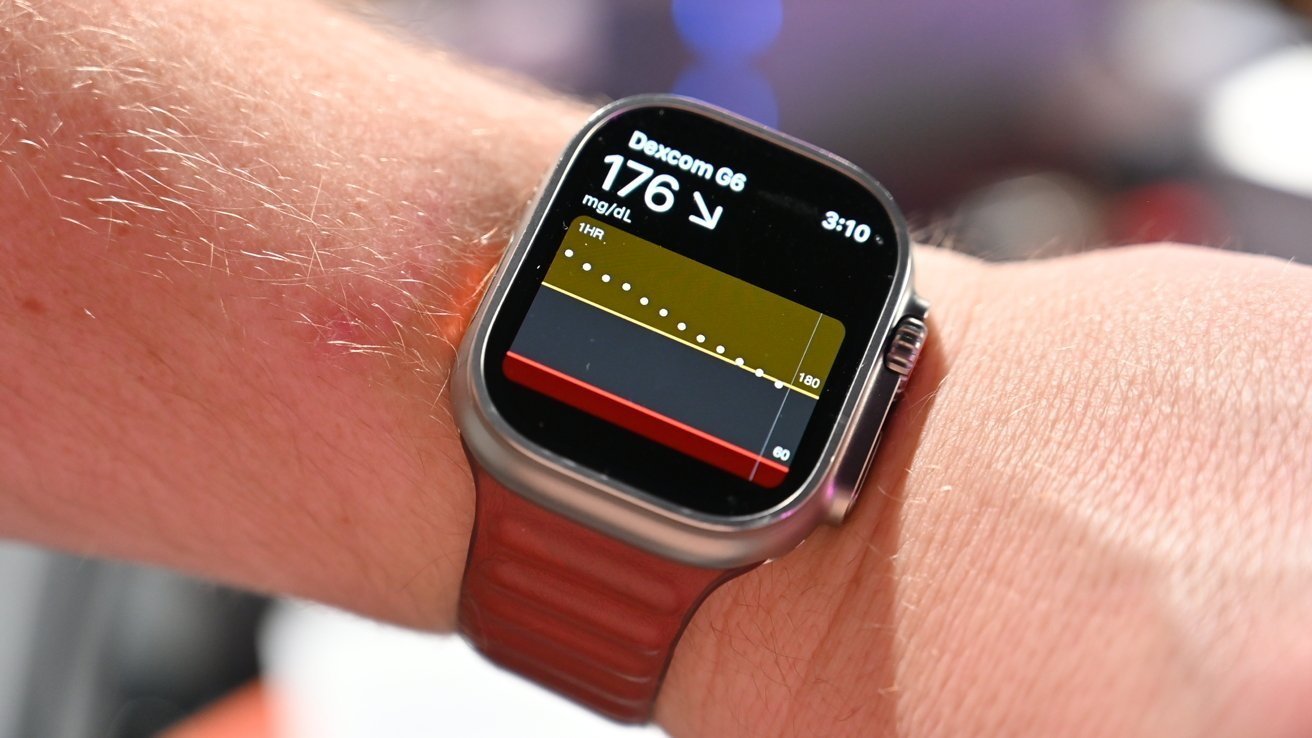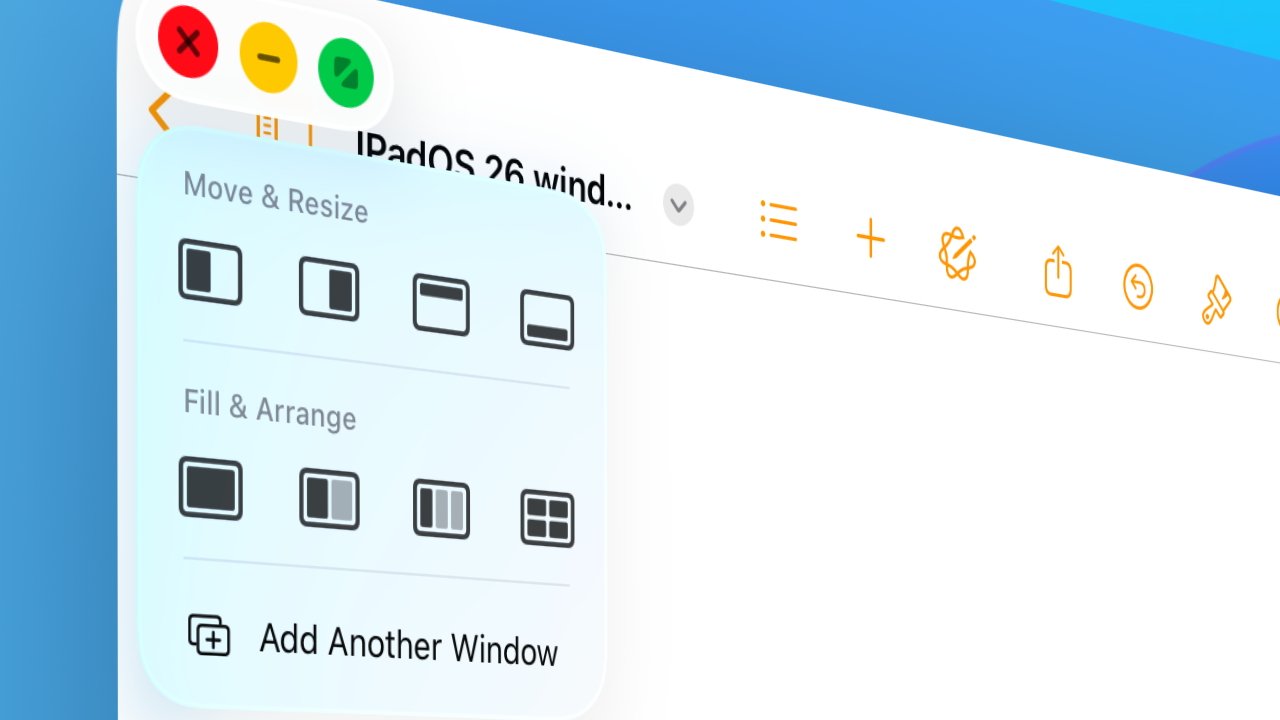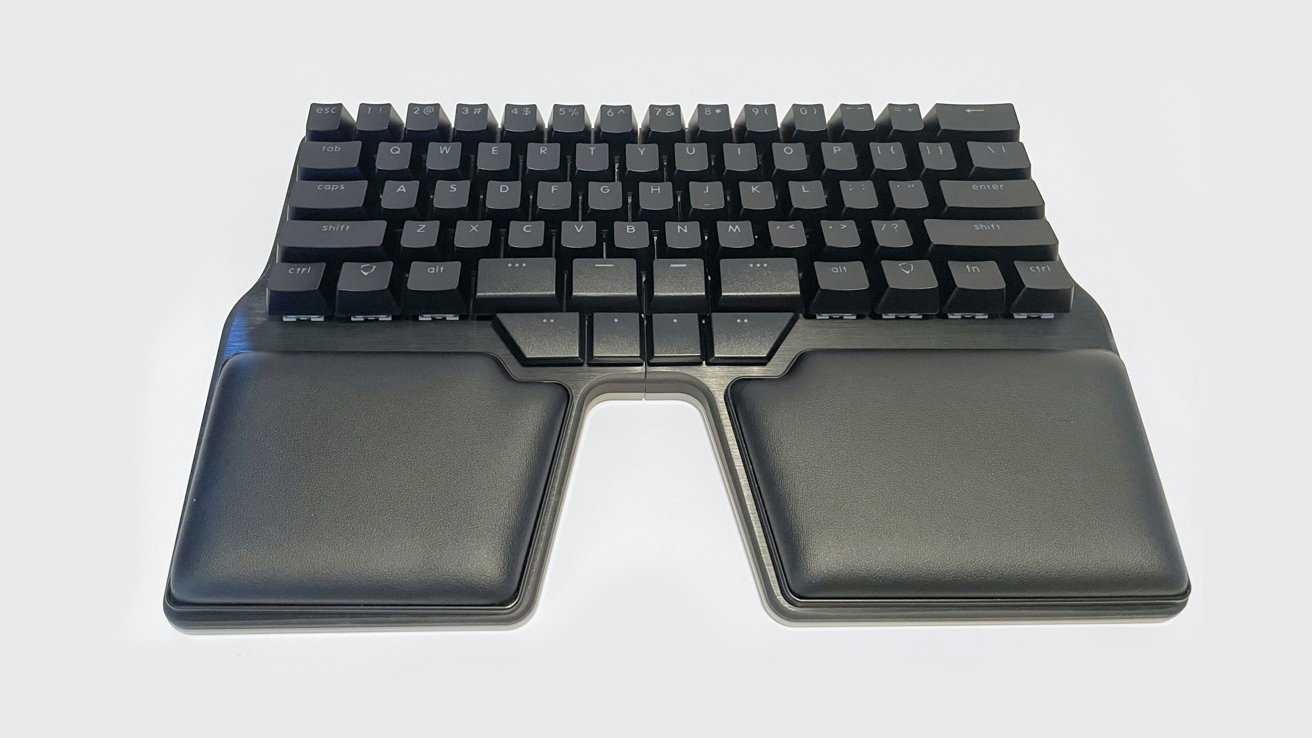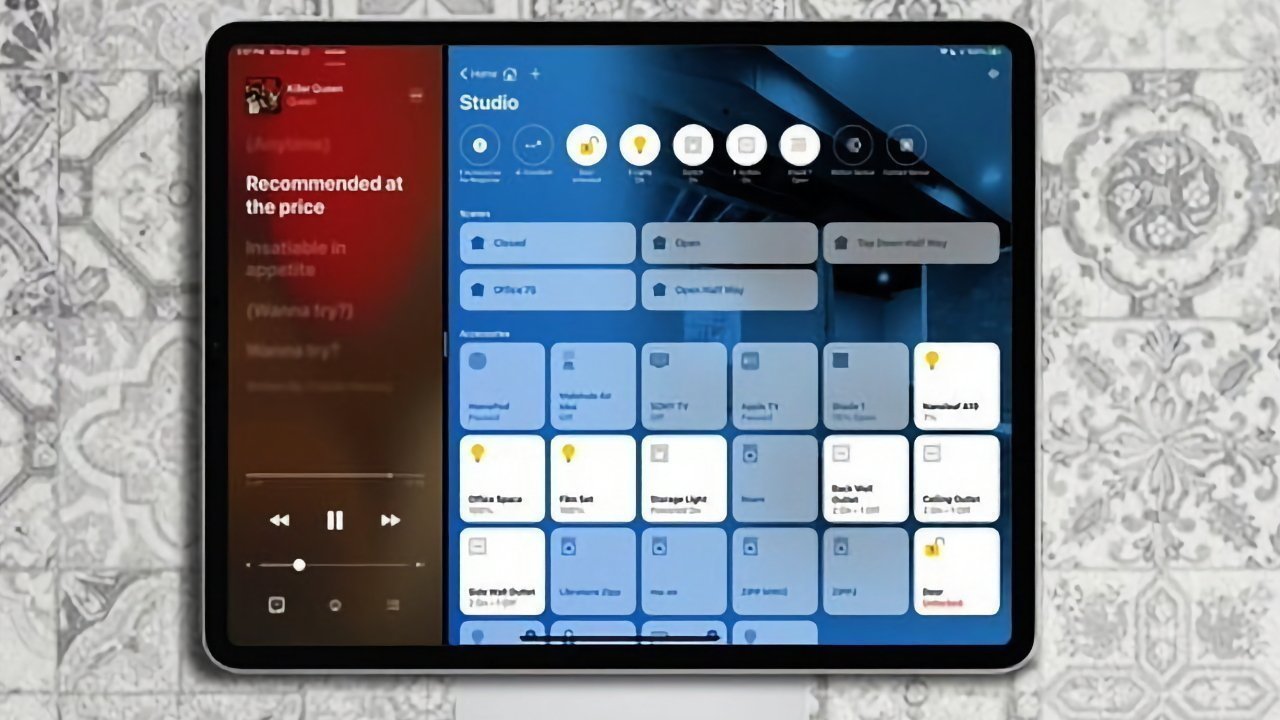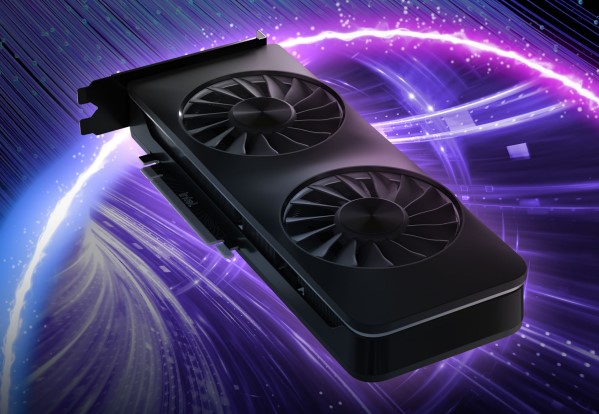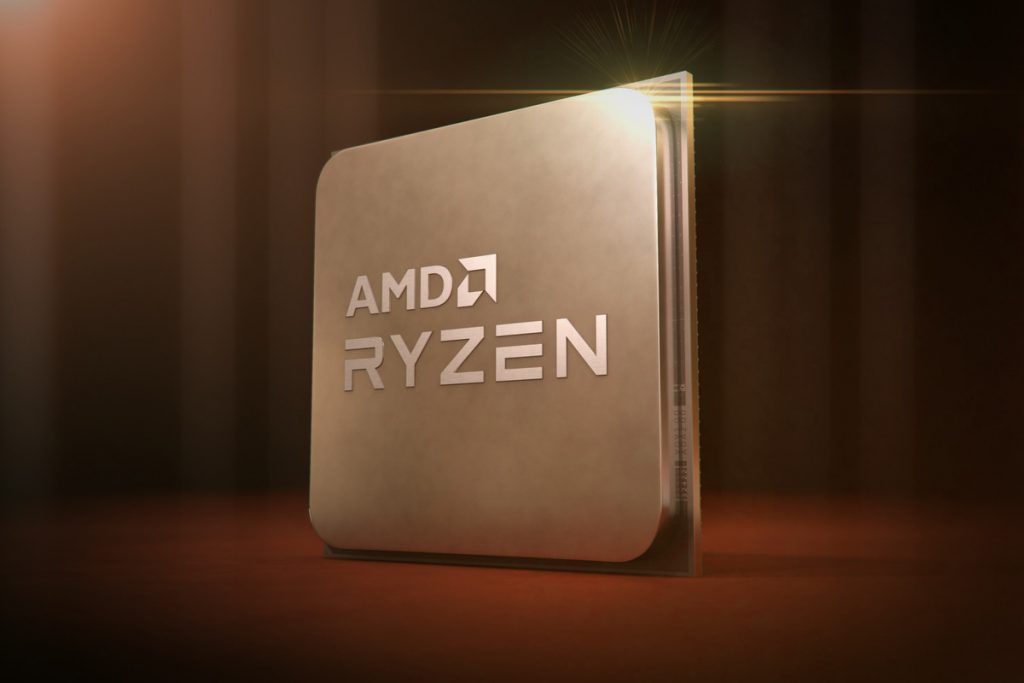TRYX Crossflow ATX Case Fan Takes Risks | Flova, Panorama, & More
We take a look at TRYX’s new Flova ATX case, updated LUCA L70, Turris air cooler, which features a 5-inch 720p screen, and more
The Highlights
- TRYX showed off its new Flova ATX case, which uses a crossflow cooling solution
- TRYX’s Turris air cooler offers a 5-inch 720p screen
- TRYX has made several improvements to its updated LUCA L70, which we originally called a disaster
Table of Contents
- AutoTOC
Intro
We visited Tryx’s booth at Computex 2025 and the company showed off a bold new case design that features a crossflow fan plus two axial fans at the front. The company also showed off its updated Panorama cooler and LUCA L70 case as well as a new case and cooler.
Editor's note: This was originally published on May 24, 2025 as a video. This content has been adapted to written format for this article and is unchanged from the original publication.
Credits
Host
Steve Burke
Camera, Video Editing
Mike Gaglione
Vitalii Makhnovets
Writing, Web Editing
Jimmy Thang
TRYX Crossflow Flova ATX Case
We produced a story on the meshless AIO Mini-ITX PC, which used a crossflow fan, and it was a very interesting product. Now Tryx is shoving crossflow fans into an ATX case its calling the Flova.
Crossflow fans are separated by disks. These disks cut across and create blocks of fan blades. The fan blades run along the whole length of the fan with a very slight angle to them. The point of a crossflow design is that air can enter tangentially to the axis of the fan and then it gets spat out, effectively, perpendicularly. This is a less directed flow. Axial fan blades slice through the air and push it. There’s a bit of a buffering effect from that. The downside is that there’s less targeted flow. The upside is that it’s a more laminar flow and it’s also sort of a gentler flow across a larger area.
The Flova is supposed to be around $140, which is dependent on the tariff situation. TRYX is thinking of including the crossflow fan and a 120mm rear fan.
The case has a fabric on the side and front, which gives it a little Fractal vibe. TRYX is going to have to figure out the porosity here as it looks like it can’t breathe too well. That’s the biggest downside to the design at the moment, but the unit we looked at was just a prototype.
The rest of the case is very traditional. The Flova has a ventilated shroud top. The front of the case can support 120mm or 140mm fans, but using 140mm fans would force the crossflow fans out.
The downside to this crossflow fan design is that it reduces the maximum size of the axial fans on the front. The unit we saw at Computex coupled the crossflow fans with 120mm ones. Without the crossflow fans, TRYX says it thinks it could fit 200mm fans in the front and definitely 160mm ones and maybe 180mm fans. This poses an interesting A/B testing scenario: For instance, do 120mm fans coupled with crossflow ones perform better than just 200mm fans? We don’t have those answers at the moment.
We can conceivably see, with a really good crossflow fan design and implementation, there’s a possibility that TRYX is able to improve the cooling performance across the CPU and GPU. It’s really going to depend on how the company tunes for acoustics because crossflow fans can be noisy with their drum motors, which, in this instance, are located at the very end near the power cable. In our testing, it can make some higher frequency noises. It also runs at a higher RPM. The unit we saw was running around 2,400 RPM. The benefit is that the case is able to pull in air through the front and side. The crossflow fans are also a little closer to the front of the video card and should help with GPU performance, but will depend on how TRYX engineers it.
The company is saying that the case will arrive later this year. We think TRYX will need to spend time on the acoustic testing to find solutions to contain some of the noise. The fans aren’t THAT loud, but they are a different type of noise than what most people are used to. We’re excited about testing it and have no idea on how it will perform thermally vs something like exclusive 140mm fans on the front.
TRYX Turris Air Cooler
Grab a GN15 Large Anti-Static Modmat to celebrate our 15th Anniversary and for a high-quality PC building work surface. The Modmat features useful PC building diagrams and is anti-static conductive. Purchases directly fund our work! (or consider a direct donation or a Patreon contribution!)Next up, we looked at TRYX’s upcoming Turris air cooler, which isn’t due out until probably early next year. We’re told Turris means something like “hurricane.” The cooler uses 6x6mm centered copper powder heat pipes. The cooler’s fin stacks are soldered to the heat pipes. That’s not a new thing but we’re seeing more of it in the higher-end heat sinks. Everybody seems to be chasing these microscopic differences now to compete with each other, which is a good thing. We’re starting to see this in the $50-$100 cooler range.
The fans are polybutylene terephthalate and are glass-fiber reinforced. Rather than LCP, which is way more expensive, they’re going with the PBT solution and that helps to keep costs down. The downside is that the blade tips can’t be as close to the frame.
The cooler also has a top plate that features a 5-inch 720p screen on top. TRYX tells us it goes up to 400 nits of brightness. The display uses a pogo pin solution.
The fan speeds on the cooler differ from each other. The inner fan goes up to 1,850 RPM whereas the outer fan is about 50 RPM lower. We imagine this was done for beat frequency control to reduce some of the annoying humming noise.
The cooler also has an offset mount that’s pretty cool. Down the middle of the fin stack, where it mounts to the IHS, there’s an offset for Intel or AM5.
Tryx Stage
The company also had an update to its Panorama cooler, which it’s calling the Tryx “Stage.” It’s going to be $200 for a 360mm solution with ARGB fans. It seems to be geared for all of the figurine collectors out there. We think it pairs well with Yeston video cards and Cooler Master’s Stage case as it will allow you to put all of your waifus (or husbandus) into the computer.
LUCA L70 (Updated)
The company updated its LUCA L70, which we initially called a disaster and criticized its strength and structure. Outwardly, it looks pretty much the same, but TRYX has made some changes to the design.
Taking a look at the back of the case, the company has added an extra hole to help with 3 and 1/2 -inch drive support, where there was an issue with that previously. The updated case also moves the 2 and ½-inch holes up, which was done to allow you to access the SATA connectors. We previously complained about how you couldn’t get into the SATA connector once the drive is installed so that change is supposed to fix that issue.
TRYX also revamped the bottom front button of the case, which we called out for feeling mushy previously. It feels better now.
Another change the case makes is that it adds pogo pins for the front fans. This gets the cable off of the front panel, which is good.
The company says it’s also strengthened one of the front corners of the case.
The updated LUCA L70 also uses some guide pins inside of the glass and adds a screw to the glass panel, which secures it better.
Panorama WB (Water Block)
When we were at TRYX’s Computex booth, the company showed off its new water block, the Panorama WB, one of which was supposedly signed by Jensen Huang. It comes with a Panorama screen, which has a VRM fan inside. The water block is designed for open-loop coolers and not AIO ones. There’s also software that allows users to adjust colors. The Panorama WB will cost $240.
Arc Vision Case
Visit our Patreon page to contribute a few dollars toward this website's operation (or consider a direct donation or buying something from our GN Store!) Additionally, when you purchase through links to retailers on our site, we may earn a small affiliate commission.The last thing we looked at from TRYX was the company’s new Arc Vision case. The interesting thing about the case is that it comes with an optional screen in the front corner, which would pair well with a Panorama cooler. The front screen is sunken in a bit, which TRYX tells us was done to protect it from unintentional scratches from users and in shipping. The version of the case with a screen is targeting $240 and TRYX tells us that the Arc Vision’s screen will be able to communicate with the Panorama cooler. The example the company talked about was having Mario enter a pipe in one screen and exiting it on the other screen. We’re guessing for legal reasons, TRYX didn’t show that at its Computex booth.
The less expensive model of the case won’t come with the screen and will cost around $120.
The cases are supposed to have 4x120mm fans included. Our understanding is that it will have 3 fans on the side and 1 in the rear.
Another interesting thing about the case is that it has a scooped shroud, which should help boost the air up into the rest of the case but we’ll need to verify that in our testing.
There’s a lightbar included in the case and 3 of the fans are reverse blade. The case has 4mm-thick glass.











